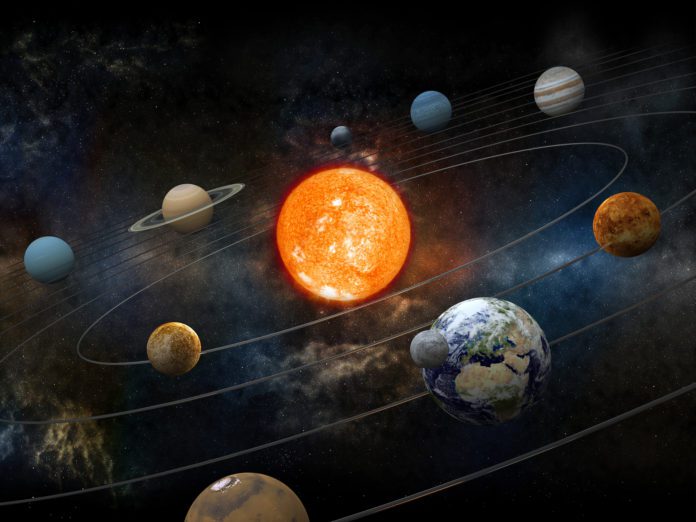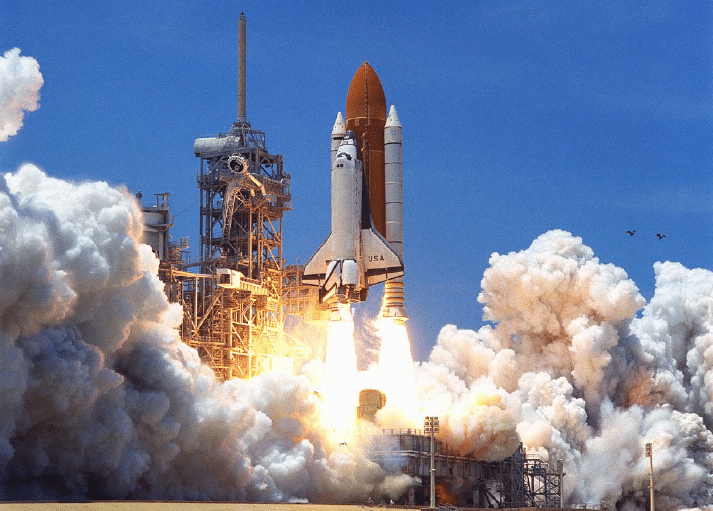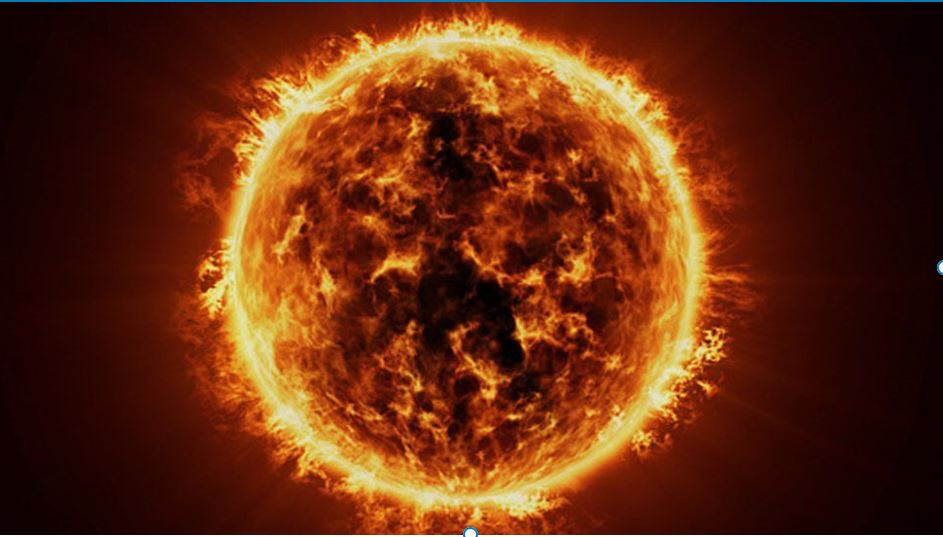
India has launched it’s first space mission to the sun in a mission called Aditya. Aditya-L1 was launched at Sriharikota on Saturday at 11:50 India time (06:20 GMT).It will travel 1.5 million km (932,000 miles) from the Earth which is 1% of the Earth-Sun distance.

Aditya-L1,the satellite has been named after Surya, the Hindu god of Sun who is also known as Aditya. And L1 stands for Lagrange point 1. Langrage point is the exact place between Sun and Earth where the Indian spacecraft is heading. It is expected to take four months reach that place.
According to the European Space Agency, a Lagrange point is a spot where the gravitational forces of two large objects such as the Sun and the Earth cancel each other out, allowing a spacecraft to hover from within it.
Thousands of people have gathered in the viewing gallery set up by the Indian Space Research Agency (Isro) near the launch site to watch the blast off.
Isro scientists said the launch had been successful and its “performance is normal” and after an hour and four minutes of flight time, Isro declared it “mission successful”.
“Now it will continue on its journey – it’s a very long journey of 135 days, let’s wish it [the] best of luck,” Isro chief Sreedhara Panicker Somanath said.
Project director Nigar Shaji said once Aditya-L1 reaches its destination, it will benefit not only India, but the global scientific community.
Aditya-L1 will now travel several times around the Earth before being launched towards L1.
From this vantage position, it will be able to watch the Sun constantly – even when it is hidden during an eclipse – and carry out scientific studies.
Isro has not said how much the mission would cost, but reports in the Indian press put it at 3.78bn rupees ($46m; £36m).
Isro says the orbiter carries seven scientific instruments that will observe and study the solar corona (the outermost layer); the photosphere (the Sun’s surface or the part we see from the Earth) and the chromosphere (a thin layer of plasma that lies between the photosphere and the corona).

The studies will help scientists understand solar activity, such as solar wind and solar flares, and their effect on Earth and near-space weather in real time.
Former Isro scientist Mylswamy Annadurai said that the Sun constantly influences the Earth’s weather through radiation, heat and flow of particles and magnetic fields. At the same time, he says, it also impacts the space weather.
“Space weather plays a role in how effectively the satellites function. Solar winds or storms can affect the electronics on satellites, even knock down power grids. But there are gaps in our knowledge of space weather,” Mr Annadurai said
India has several satellites in the space and they provide many crucial services to the country, including communication links, data on weather, and help predict pest infestations, droughts and impending disasters. According to the United Nations Office for Outer Space Affairs (UNOOSA), approximately 10,290 satellites remain in the Earth’s orbit, with nearly 7,800 of them currently operational.
“Aditya will help us better understand, and even give us a forewarning, about the star on which our lives depend,” Mr Annadurai said. “The mission”, he added, “will above all help improve our scientific understanding of the Sun – the 4.5 billion-year-old star that holds our solar system together.”
This solar mission has come just days after the country successfully landed the world’s first-ever probe near the lunar south pole.
India is the fourth country in the world to achieve a soft landing on the Moon, after the US, the former Soviet Union and China























